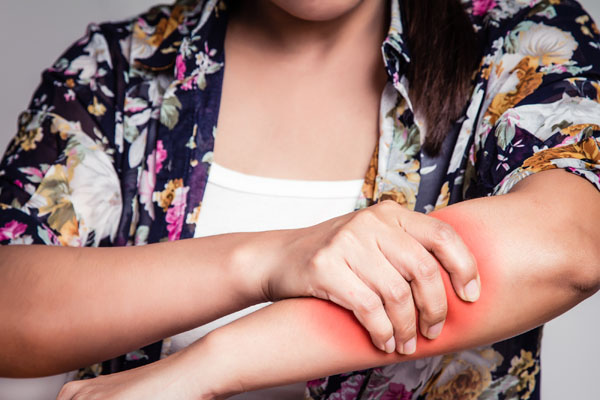-
Blood clots Don’t Always Happen in the Legs
Posted on October 6, 2016 by in blood clot, blood clots, deep vein thrombosis, discoloration, dr magnant, dr. joseph magnant, DVT, Fort Myers Vein Specialist, Naples Vein Treatment, sarasota vein specialist, upper extremity deep vein thrombosis, upper extremity dvt, vein disease screening, vein doctor, vein screening When we think of blood clots, or DVT’s, most of us think of the legs. But, blood clots can happen in other areas of your body such as the upper extremities. In fact, around 10% of deep vein thrombosis occur in the arms. There are some warning signs that you can look for in an upper extremity (arm) DVT.
When we think of blood clots, or DVT’s, most of us think of the legs. But, blood clots can happen in other areas of your body such as the upper extremities. In fact, around 10% of deep vein thrombosis occur in the arms. There are some warning signs that you can look for in an upper extremity (arm) DVT.- Swelling or pain in the affected arm
- Weakness or paresthesia
- Discoloration in the arm
- Enlargement of any superficial veins in the arm
- In some cases, you will have facial swelling, nausea, and headaches
If these symptoms appear and remain constant in one of your limbs, it is crucial that you contact a physician who can evaluate and treat the problem. If a deep vein thrombosis is located in an upper extremity, it has to be monitored and treated immediately. The proximity of the DVT to the lungs and brain is dangerously close. If the blood clot breaks free, it can quickly become a pulmonary embolism, which can be fatal.
Your doctor can diagnose a blood clot easily through an ultrasound, which is a non-invasive diagnostic tool. If it is found that you have a DVT, there are options as far as treatment. Deep vein thrombosis of the upper body can be treated with blood thinners such as Heparin and Warfarin. It is quite common to use blood thinners for a time frame of 3-6 months. If the case is severe or this medication treatment does not dissolve the blood clot, your doctor may suggest thrombolysis surgery.
Two-thirds of the cases of upper extremity deep vein thrombosis are young men who had used the affected arm strenuously prior to the clot forming. Of the non-active people who develop it, doctors need to rule out cancer as the cause.
If you feel that you may have a blood clot, contact your doctor right away. Dr. Joseph Magnant of Fort Myers, FL is an expert in treating DVT’s. Contact The Vein Specialists at 239-694-VEIN or schedule a consultation online at WeKnowVeins.com.
The post Blood clots Don’t Always Happen in the Legs appeared first on Sarasota Vein Specialists | Vein Treatment For Spider Veins & Varicose Veins.






